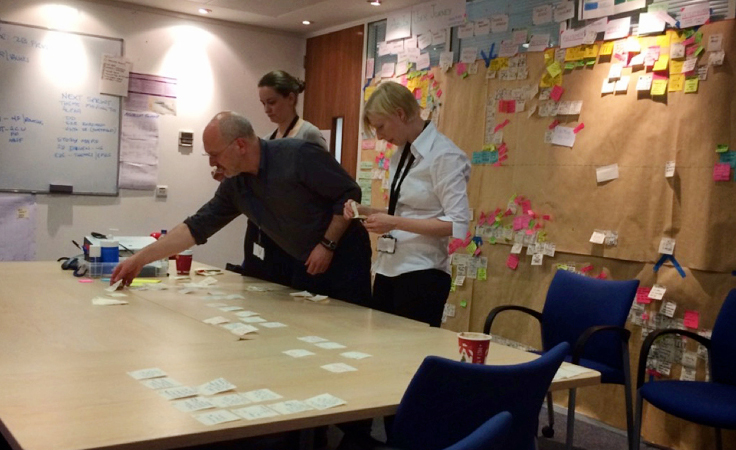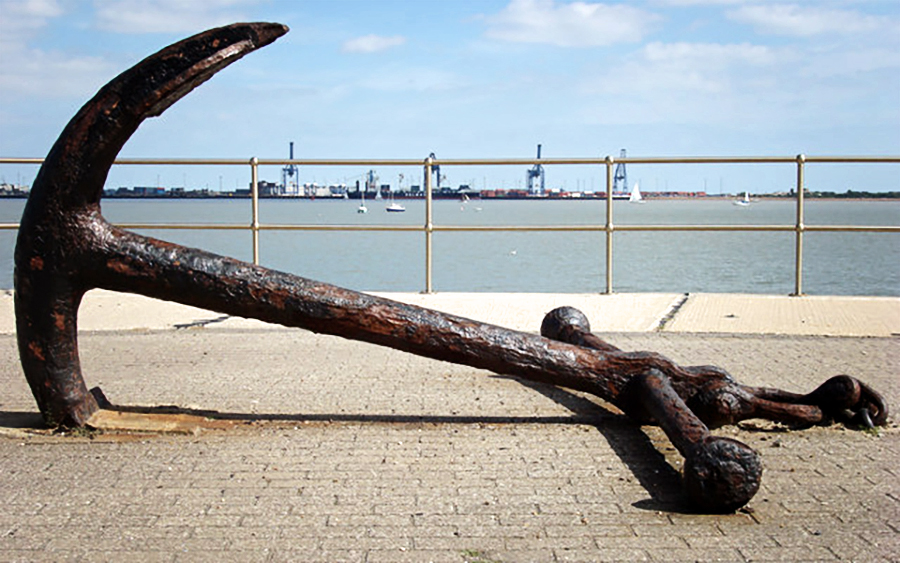What if a meeting space could sketch its own model of what we talked about?
That’s the question that led to CALL – Context Adaptive Loop Lensing. It’s an unreasonably long name for something very lightweight. The name started as a bit of a joke, but it stuck, partly because it hints at how flexible the technique is. You can “call” it for almost anything whether that thing is a quick sync, an architecture review, an event storming session or a half-day workshop.
CALL turns natural conversation into working artefacts – diagrams, flows, event maps, C4 sketches, Miro boards or whatever the situation calls for. It needs a little bit of code, quite a lot of craft, and a willingness to trust that speech is just about the best raw material for effective collaboration.
Talk is good
I like workshops where people just talk because everyday speech is the path of least resistance. It’s how teams already share ideas and context and we’re all good at it. We’re less good at capturing our speech in a way we can build on. CALL takes talk, distils what matters, and plays it back in a useful form creating a loop between what we’ve said and what we want to happen next. With a bit of craft, an enterprise team could also start to connect conversations with other organisational contexts or do things like run a ‘blindspot test’ or dynamic checklists.
CALL in practice
A facilitator sets a purpose, gathers a few guided questions, and decides on one or more output model. It could be an Event Storming board to trace how value flows through a system, a C4 diagram to visualise structure, or a process flow to clarify hand-offs. Then the group talks. The conversation is recorded and transcribed.
From there, a short script turns the transcript into signals, which are structured snippets that can be rendered as models. Depending on what you need, those might show up as a Miro board, a Mermaid diagram, or a C4 view. The turnaround can be minutes.
This gets to a shared understanding and a method to check that shared understanding much faster than a document would. And the fact that it’s ‘live’ means everyone in the CALL session can point at it, reshape it, and refine it together.
Ceremonies
One of the reasons we have the so-called agile ‘ceremonies’ is that having a standardised set-up helps everyone get working together quickly. We’re still using sticky notes and whiteboards too, because everyone knows how to use them without much preparation. CALL isn’t a new ceremony but we’ve found the conversational set-up means we can have a wider variety of meeting structures that have all the benefits of a ‘ceremonial’ approach with less of a ‘checkbox’ feel that ceremonies sometimes have.
This is just a way of building a new primitive of small, repeatable loops of conversation we can turn into fuel for collaboration. A relatively short CALL event can create more alignment (or reveal misalignment) than hours of slide decks.
Dave Sammut is an architect and developer working with teams across Europe on code, AI, and the maps in between. Follow Dave on LinkedIn, he’s always happy to share tips on architecture and collaboration.




